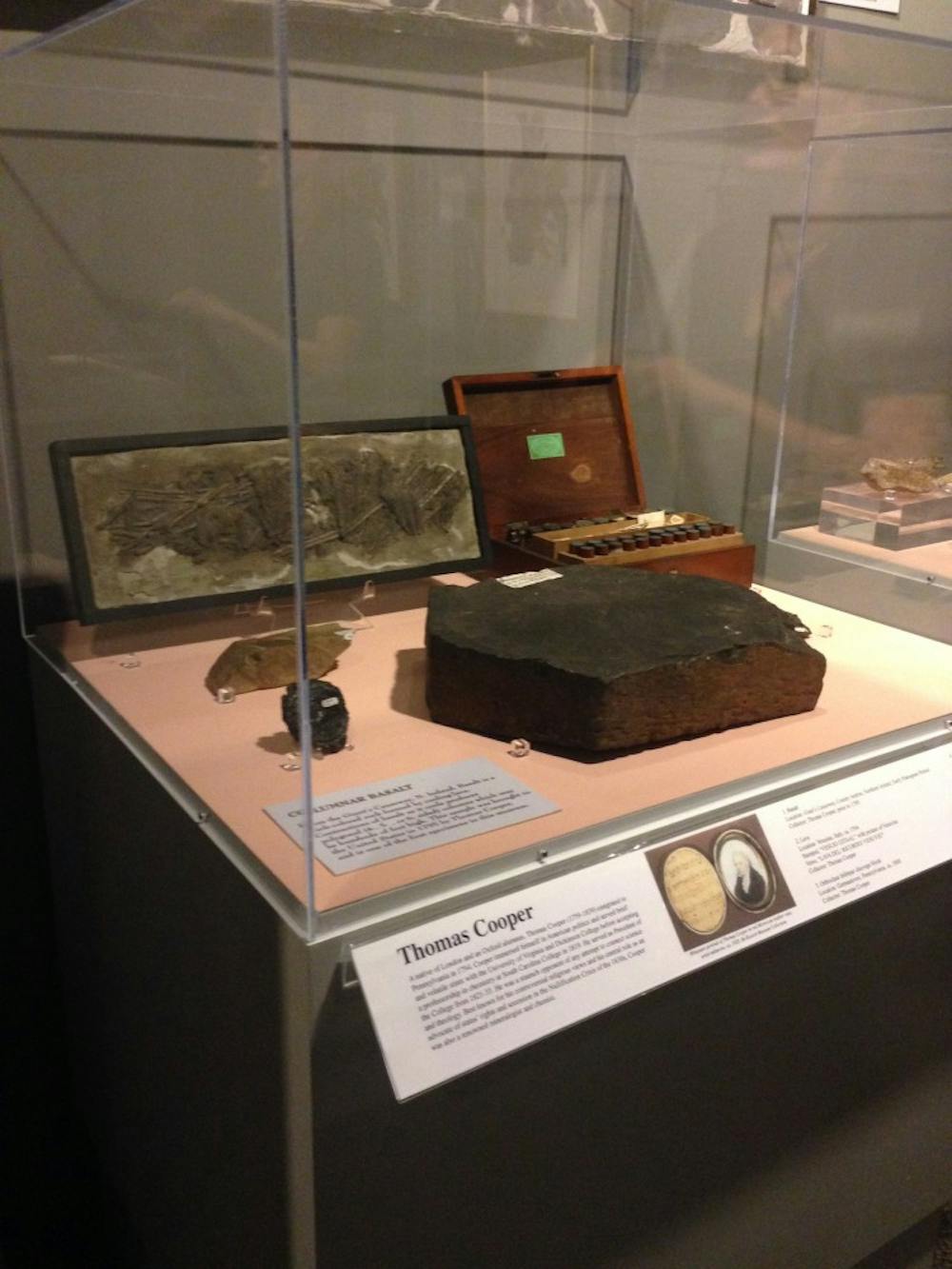USC alumnus Henry William Ravenel, renowned botanist and mycologist, studied natural history and discovered many new species along the way. His work was compiled in a valuable collection and parts of his collection now housed at USC. A symposium was held Saturday to commemorate him and celebrate the importance of natural history preservation.
“These early naturalists were looking for clues: objects. There’s no substitute for the real thing,” said naturalist and speaker Rudy Mancke. “When you talk about natural history collections, you need one kind of person, and that is a naturalist. A naturalist is a person who studies nature and marvels at it. Everyone is a naturalist to one degree or another.”
It's very difficult to keep these collections together; they are often dispersed and separated after the collector leaves. Additionally, people don’t realize how important these specimens are, and as a result, they're lost.
“Instead of it being held in one place like he wished, this university at that point didn’t have the money, so it was sold and ended up in Europe and some of it ended up in Spartanburg at Converse College, ” Mancke said.
It's now housed at USC, but pieces are missing.
“How are you going to get it back? How are you going to replace something that someone pressed in the 1800s? Do you understand the value of that?” Mancke said.
Several specimens from natural history collections can be found in the McKissick Museum. There, visitors can find specimens from collections belonging to the university’s second president, Thomas Cooper as well as other distinguished faculty, such as Lardner Vanuxem, Robert Gibbs and Joseph and John LeConte, as well as Henry William Ravenel.
“The south before the war was a hotbed of natural history enface including this college,” Mancke said.
Some collections survived destruction that came with the Civil War and its aftermath. During the Civil War, some collections had been housed in the Longstreet Theatre but were thrown out by Union soldiers as they seized the buildings on campus.
Fractions of some of the collections were salvaged by James Woodrow and Joseph LeConte. But many labels were lost and a lot of the specimens were unidentifiable.
More struggles came to these collections with the aftermath of the Civil War. Specimens were sold off and there was a halt in collecting specimens. It wasn’t until the early 20th century that attention and funding was redirected to the collections.
“There are multiple parts to collections. First, you’ve got to get them. Then you have to keep them," Mancke said. "By that I mean protect them, curate them. If you don’t curate them correctly you can lose them."

